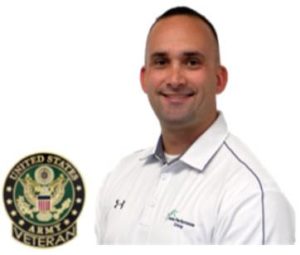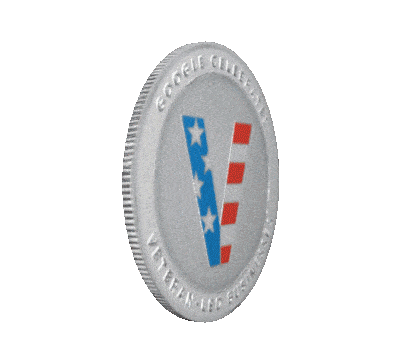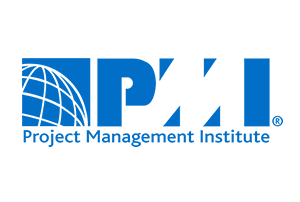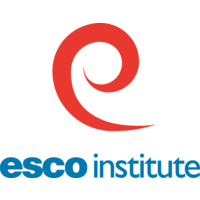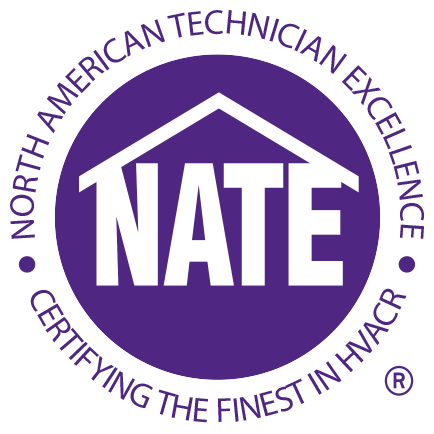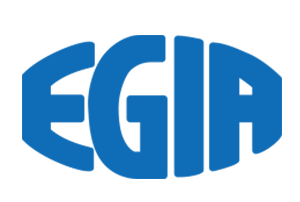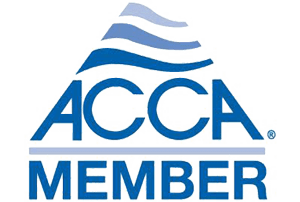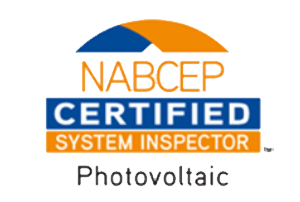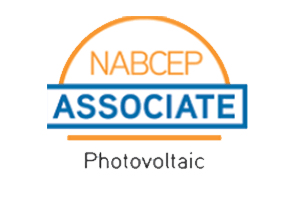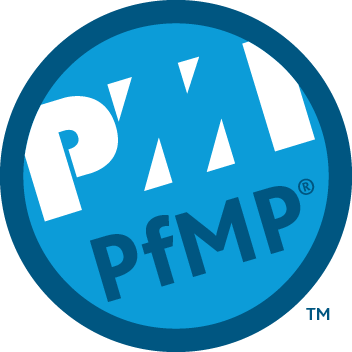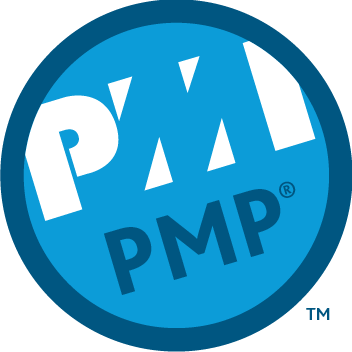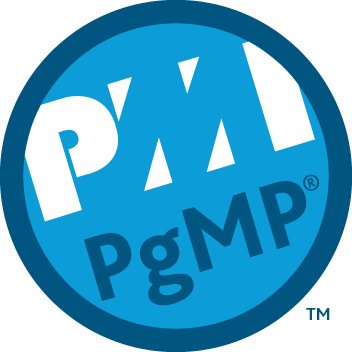Is There Lead in My Drinking Water?
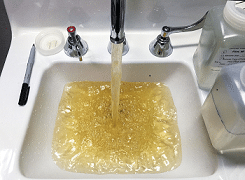
Although the EPA estimates between 6 and 10 million lead service lines exist in the United States, the Natural Resources Defense Council (NRDC) estimates at least 12.8 million lead pipes are still in use. 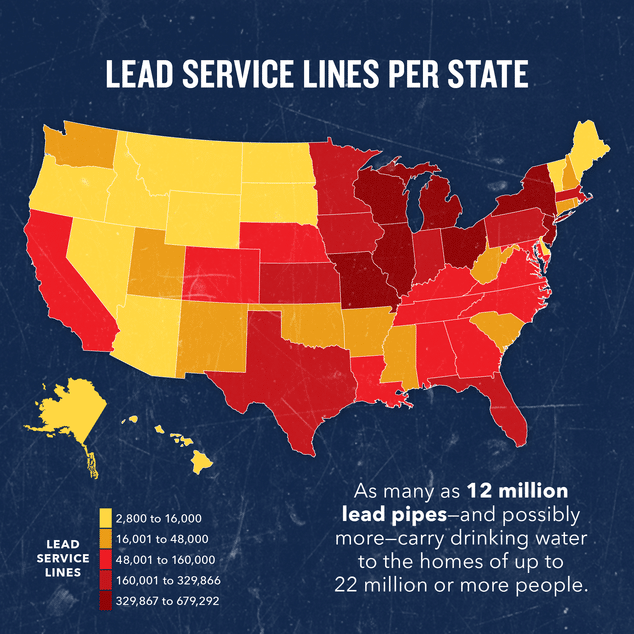
In 1991, the EPA published the lead and copper rule (LCR) for drinking water, which replaced the previous safe limit standard of 50 parts per billion (ppb) with a new maximum contaminant level goal of zero. The 1996 SDWA amendment required water utilities to conduct annual testing and publish consumer confidence reports regarding the quality of water provided, Finally, in September of 2020, the EPA published the final “lead free” rule which reduced the maximum allowable lead content of plumbing pipes, fittings, fixtures, solder, and flux used for drinking water plumbing.
Common Causes of Lead in Drinking Water
The most common sources of lead or copper contamination in drinking water is through prior use of lead piping, chrome-plated brass faucets and fixtures, and solder containing trace amounts of lead. 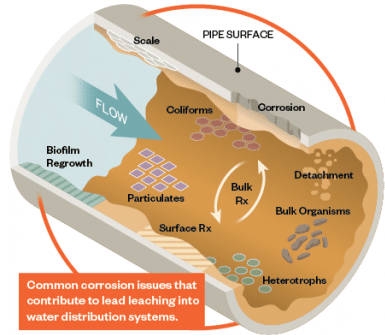
Health Effects of Lead in Drinking Water
Lead is considered a toxic metal and can accumulate inside the body reaching poisonous or lethal levels with continued exposure. Accumulated lead becomes stored in the body’s bones along with calcium which can be released to a fetus during pregnancy. 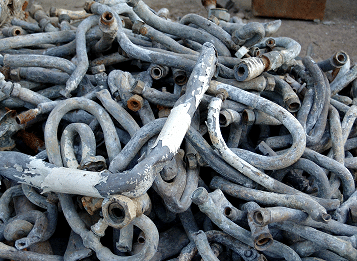
How to Reduce Lead in Your Drinking Water
- In the event water has sat idle for more than 6 hours inside piping containing lead, best practices are to flush the plumbing system prior to drinking any water. Flushing can be accomplished by running water through a faucet, shower, or washing machine to draw out and remove the water that has had a long exposure time. The longer contact time water has with lead, higher quantities of lead leach into the water supply. By flushing the plumbing prior to use, fresh water is drawn into the water piping and has a much shorter contact time with any lead pipe or components.
- Install an acid-neutralizing filter designed specifically to reduce water corrosivity. This type of filter adds calcium to the water which lowers the acidity level of the water while also increasing water hardness. Lowering the corrosive nature of the water reduces the quantity of lead or copper that leach into the drinking water. This type of filter performs the exact opposite function as a water softener which is why water softeners are very inefficient and ineffective at removing lead from drinking water.
- Install an NSF standard 53 rated filter assembly or device for lead removal. Additional protection can be provided by an NSF 42 rated filter for particulate removal. The National Sanitation Foundation (NSF) was founded in 1944 at University of Michigan with the specific aim of standardizing sanitation to include water filtration systems.
- Reverse osmosis and activated alumina filters are highly effective at removing lead, but generally, can only produce a limited amount of water per day. For point-of-use systems that may only be a few gallons not enough for a high use faucet or fixture. Whole home models suffer the same production limitations. Finally, reverse osmosis in particular is very expensive technology with ongoing maintenance costs.
- The best and really only permanent solution to remove lead from a home’s drinking water is to replace the lead water service line and any interior plumbing with lead components. Household water service lines connect to the water utility, usually at an underground meter close to the street. The service line continues underground through the property yard entering the side of the home. The EPA estimates the average replacement cost per home for a water service line is $4,700 to a high of $12,300.
Home Performance Water Service Pipe Installation in Kansas City
Discovered lead in your drinking water? Concerned your old water pipes may contain lead? Want to replace your home’s contaminated water service line with a safe long-term solution? Consider hiring a full-service master plumbing expert with the specialized knowledge to properly excavate, and replace or install a new water supply pipe. Careful selection of a master licensed contractor with real world underground experience can protect your family’s health and save tens of thousands of dollars in future rework.
At Home Performance Group, we continue to invest in technical plumbing training so we can correctly specify, recommend, replace and install water supply systems. We have performed numerous projects for our clients.
If you are interested in a no-cost in-home consultation, schedule with a Solutions Advisor today.

Article by Larry L. Motley Jr., 7 February 2022
Larry is a graduate of both Wentworth Military Academy and Missouri Western State University earning a double bachelor’s degree in Economics and Finance. Additionally, he maintains six professional tradesman licenses in two states and advanced credentialing in green technology, project and program management, and process improvement. Larry is a three-time combat veteran having served in Operation Iraqi Freedom, Operation New Dawn, and Operation Inherent Resolve. He continues to serve through a value-based building science company focused on providing clients the best design, highest quality installation, and most honest repair services in the community.


Featured Service Areas:
| Missouri | Kansas | ||||
|---|---|---|---|---|---|
|
Belton Blue Springs Cameron Excelsior Springs Gladstone Holt |
Independence Kansas City Kearney Lathrop Lawson Lee's Summit |
Liberty North Kansas City Parkville Platte City Plattsburg Polo |
Raytown Riverside Smithville Sugar Creek Weston |
Kansas City Lansing Leavenworth Leawood Lenexa |
Merriam Mission Mission Hills Praire Village Shawnee |



